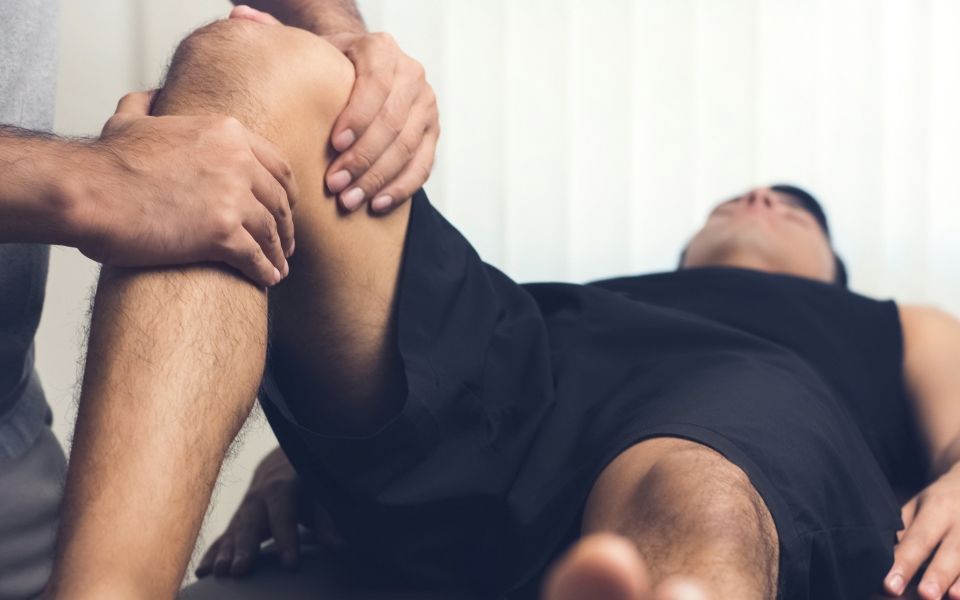Remedial Massage in Willagee & Canning Vale, PerthExpert remedial massage therapy for pain relief, injury recovery and muscle tension. Our qualified massage therapists treat a range of conditions affecting muscles, tendons and ligaments at our Perth clinics. |  |
What is Remedial MassageRemedial massage is a therapeutic massage treatment that focuses on relieving pain and treating injuries. At REPS Movement in Willagee and Canning Vale, our remedial massage therapists use a holistic approach combining various techniques to release muscle tension, improve circulation and promote healing.
|
| Remedial massage therapists use a variety of techniques and can be used to treat a variety of conditions, including:
| Here are some of the benefits of remedial massage therapy:
|
Who Can Benefit from Remedial Massage?Remedial massage can benefit a wide range of individuals who may be experiencing various physical conditions or seeking therapeutic treatment.  | Some of the people who can benefit from remedial massage include:
| ||||||||||||||
What Should You Expect During an Appointment?Each appointment will include a consult to discuss current complaints and any relevant health history, as well as an assessment of movement and discomfort (usually posture and/or range of motion analysis). The treatment itself includes clients positioning themselves on a massage table so the area of need can be accessed - towels and pillows are used to maintain privacy and comfort. Lotions/creams are applied to aid in administering the massage. | A variety of different massage techniques can be used, depending on the specific condition and individual needs. Techniques include:
Sessions are concluded with a check-in to re-assess movement and note any changes. Here, after-care advice can be given including the prescription of appropriate stretches and mobility exercises to aid in discomfort relief. |
Health Fund Rebates
Remedial massage at REPS Movement may be claimable through your private health fund, depending on your level of cover. We provide receipts for you to submit your claim

